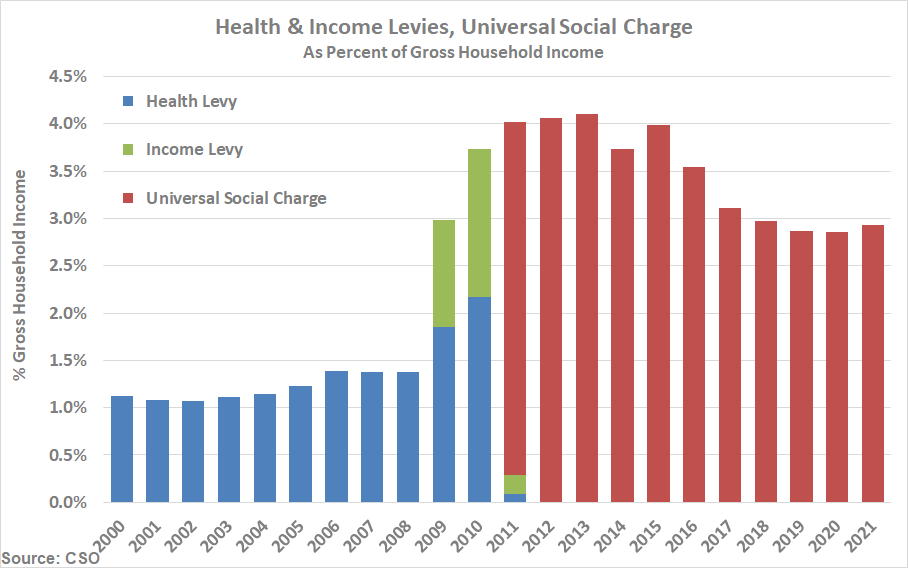
Seamus Coffey
@seamuscoffey
Lecturer, @EconomicsUCC @CUBSucc @UCC.
Eisenhower Fellow, @EF_Fellows @IrishEF.
ID: 243781977
http://economic-incentives.blogspot.com/ 27-01-2011 20:11:21
15,15K Tweet
9,9K Takipçi
250 Takip Edilen





Recent IRS data show that Ireland was the third-largest recipient of corporate taxes from US MNCs in 2020, and the largest in the EU. For further discussion of their tax payments as well as some insights on substance (employees and tangible assets) see: economic-incentives.blogspot.com/2023/06/irelan…
















